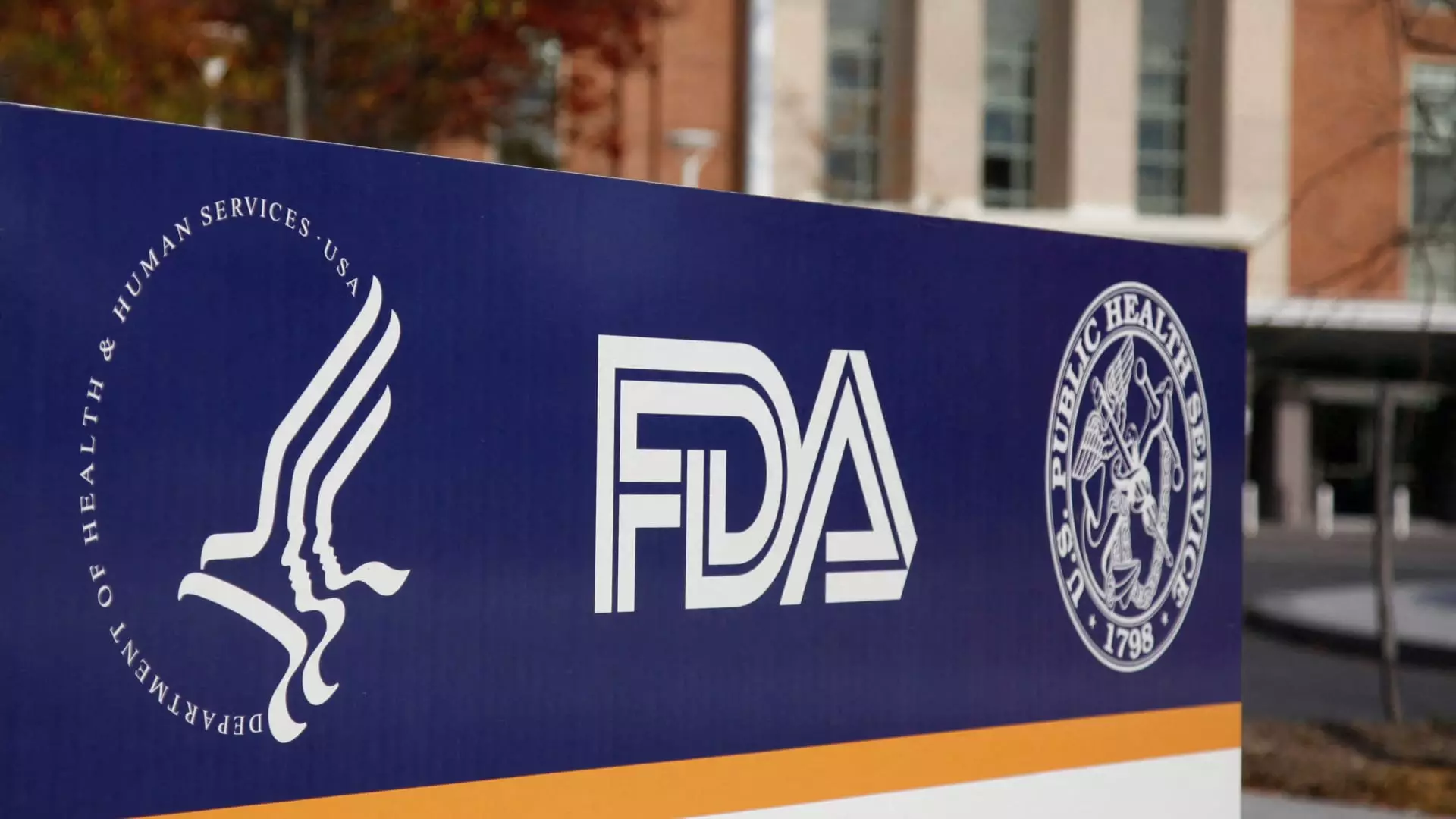The recent decision to eliminate the Division of Learning and Organizational Development (DLOD) at the Food and Drug Administration (FDA) has sent shockwaves through the public health community. This division, although small, played a critical role in providing training and ongoing education to both FDA employees and external healthcare professionals. The abrupt dismissal of more than 30 skilled employees under the leadership of Robert F. Kennedy Jr. raises considerable concerns about the future efficacy of regulatory practices and protective measures that the FDA upholds, especially at a time when public health is of paramount importance.
In an administration that claims to prioritize the efficiency and centralization of operations, the draconian cuts to a unit that focused on learning and professional growth seem contradictory. This move points to a stark reality: the current administration appears to equate bureaucracy’s simplification with an effective response to serious health challenges America faces today. But does eliminating educational resources really streamline operations, or does it instead obscure vital training and awareness that can safeguard public health?
The Ripple Effects on Public Health
Kennedy’s sweeping job cuts, which ripple through the Department of Health and Human Services (HHS) with a total of 10,000 layoffs, raises urgent questions about who will safeguard America’s health. The dismantling of DLOD also means that vital training in public health issues like opioid safety, infectious disease responses, and clinical trials has been halted. The education of healthcare professionals is not merely ancillary; it is critical for maintaining standards and ensuring public safety.
With the stripping away of these resources, professionals who rely on the FDA for guidance face an uphill battle. Without the agency’s support in continuing education, healthcare workers might find themselves floundering in the confusion of independently sourcing training, potentially diminishing their skills and efficacy in critical situations. Moreover, it is baffling why an agency dedicated to regulatory safety would weaken its foundational training operations when the complexities of healthcare continue to multiply.
The Risks of Developmental Deficiency
The FDA’s responsibility in overseeing a multitude of sectors, including drugs, medical devices, and food safety, is incredibly vast. Stripping the agency of a division solely dedicated to learning and reinforcing best practices is akin to building a house without a foundation. Not only does the internal capability to adapt to rapidly changing healthcare landscapes suffer, but the overall competency of the agency also jeopardizes the public it serves.
Reports indicate that pivotal roles in public health protection—such as veterinarians managing responses to bird flu and human health cases—are not safe from budget reductions. Is it acceptable that financial politics are prioritized over safeguarding human lives? The rationale behind these choices seems misplaced, especially considering that the DLOD funded a significant part of its operations through user fees—not taxpayer dollars. This brings to light the troubling dichotomy in governance and regulatory frameworks: financial constraints come at the cost of public safety.
The Dangers of Streamlining Rationality
Kennedy’s vision of streamlining operations by laying off thousands at HHS, particularly those connected to professional development within the FDA, starkly contrasts the needs of federally endorsed health practices. Streamlining should not come at the expense of losing competencies and insights that trained professionals bring to the table. It raises the question: whom exactly is this restructuring intended to benefit? The interests behind the cuts feel more aligned with a corporate model driven by lean operations than a public health mandate dedicated to the safety and effectiveness of healthcare practices.
As cuts continue and departments are absorbed under the guise of efficiency, we must consider the very real dangers these changes impose. If the educational underpinning is removed, what remains is a fragile and precarious structure that threatens the well-being of millions of Americans who depend on the FDA for both safety and knowledge. This dismantling ultimately exposes the abyss of bureaucratic oversight that cannot be resolved through reduction alone.
The era of realigning priorities poses a grave challenge to the trust the public has in regulatory bodies. With a landscape evolving towards fewer employees, decreased training resources, and an overall lack of clarity, one must wonder if acknowledging these realities will lead to better practices—or to the creation of vacuums in care that may reverberate for years to come.

